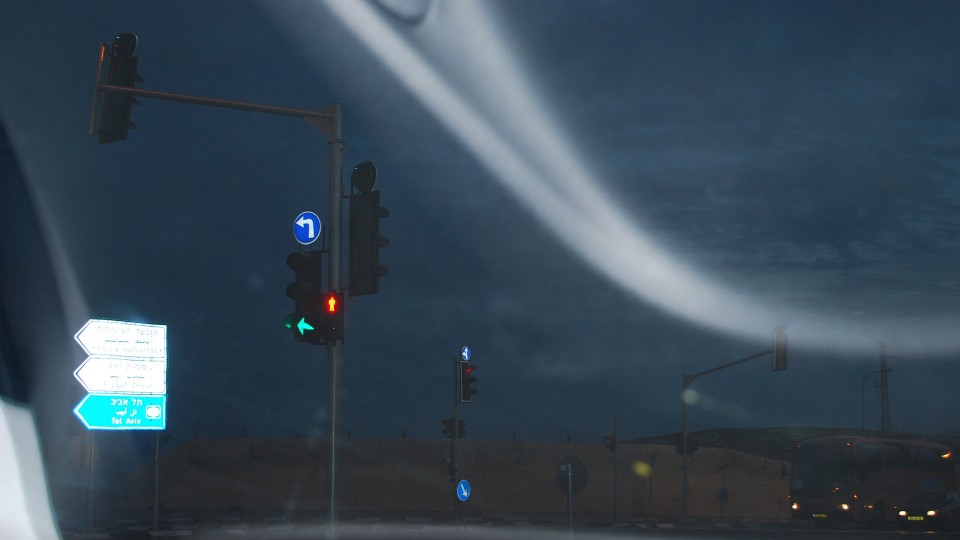Approaching Differences
Workshop in „Oppose Othering!“, by Angelika Levi, 17th goEast – Festival of Central and Eastern European Film, Wiesbaden, Germany, 2017
During the workshop I would like to discuss and reflect the filmmaking positions in the dimensions of “othering”. How can we as visual artists and filmmakers look, oppose and reflect structures of “othering”? How are we creating transparency in power structures? How can we handle to see our own blind spots and in the same time changing perspectives while having a position? What means to speak nearby “the other”? What means being in between? Can we (do we want) overcome binary definitions? What kind of artistic (documentary) tools do we use to undermine the borders between contexts, cultures, centre and marginality, rich and poor, inside and outside, visibility and invisibility?
I would like to discuss the questions, by structuring the workshop with a little groundwork, you should bring to the workshop:
Write max. one page about your experiences with “othering” (if possible from both perspectives). Can you say from which position(s) you are filming?” Your text can relate to your project.
Two other questions I would like to reflect, referring to the projects you are working on:
How is your relationship as a filmmaker to the actors/ people you are filming? And how is your relationship to the spectator?
You can read about different methods, for example:
1. through distance like in Berthold Brecht´s “Epic Theatre”
tearing her/ him from the state of ignorance which is only fascinated by the appearance, full of compassion. Separate her/ him from the identification with the suffering desire. Let her/ him be a detective, thinking about decoding a mystery or keeping it.
2. physical involvement like in A. Artaud´s “Theatre of Cruelty”
the spectator is forced to leave the passive position because he is too much involved, the illusory domination splits, her/ his privilege of an observer exchanges, going involved in the circle of energies, giving full live energies back.
3. through a method that Trinh T. Minh-ha developed in her theory and practice: “The constant flow from the inside out and the outside in”. Maybe it means not to speak from a dominant position, where the power is, but from the margen of society, from the bottom up, from transpassing borders, from a fragile position, from a collective experience through multiple identities, from the point of a positive uncertainty.
